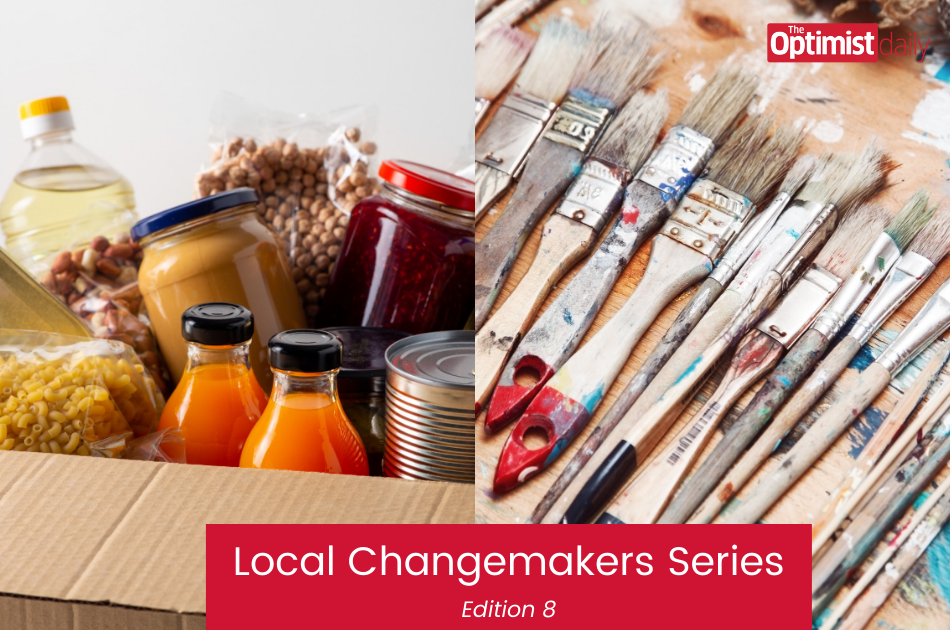In the UK, one out of three consumers tosses out food solely because it reaches the “use-by” date, but 60 percent (4.2 million tons) of the $15.1 billion worth of food Brits throw away each year is safe to eat. In a bid to bring down this eye-watering amount of wasted food and money, researchers at the Imperial College London have developed new low-cost, smartphone-linked, eco-friendly spoilage sensors for meat and fish packaging.
Just how low-cost are we talking about? Apparently, the laboratory prototype sensors cost just two US cents each to make. The biodegradable materials are eco-friendly and non-toxic, so they don’t harm the environment and are safe to use in food packaging. Known as “paper-based electrical gas sensors” (PEGS), they detect spoilage gases like ammonia and trimethylamine in meat and fish products. The sensor data can be read by smartphones so that people can simply hold their phone up to the packaging to see whether the food is safe to eat.
Embedded in packaging, the sensors may replace “best before” dates in meat and fish within three years, according to the researchers. They could also be applied to dairy goods and other produce. Next, the scientists are working on scaling up the productions of such sensors and eventually expanding their usefulness to other types of food and industries.












